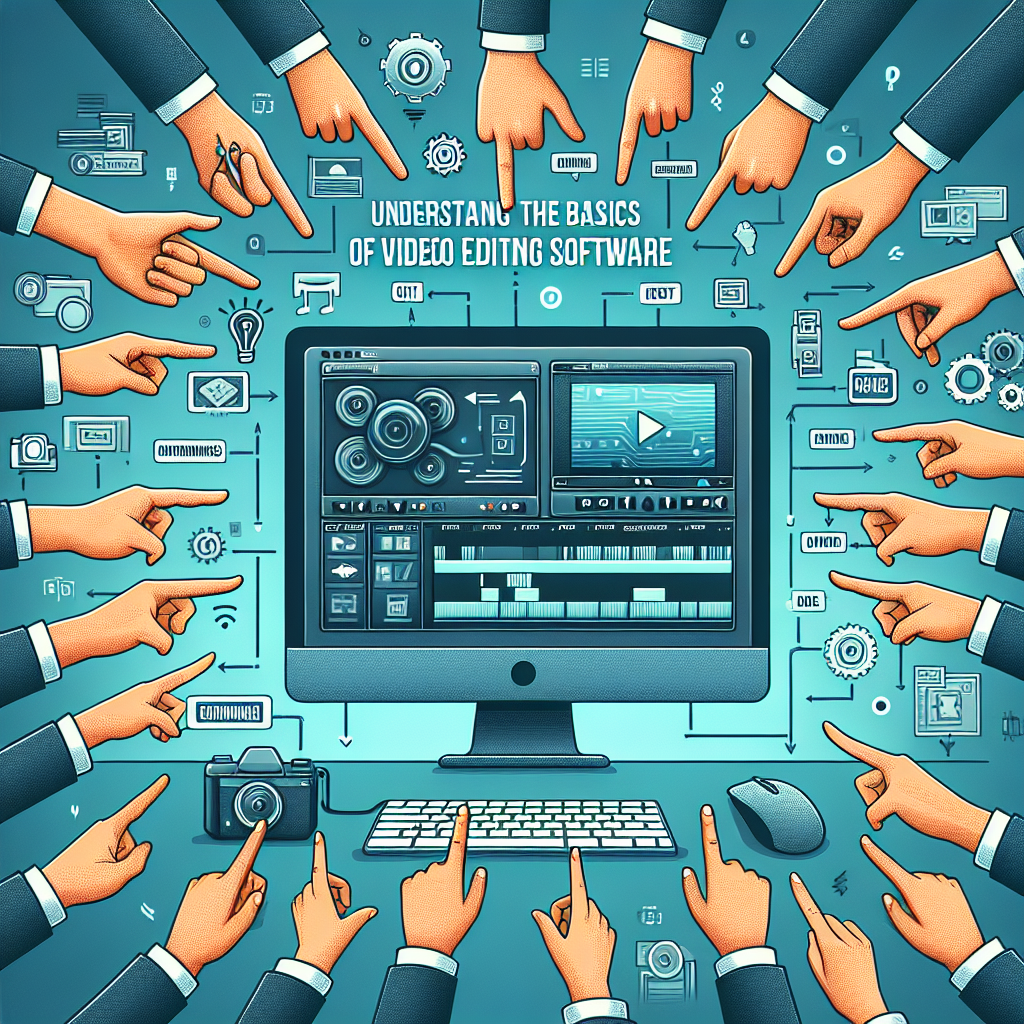Video editing software has entirely changed the way filmmakers and creative individuals master their craft and share stories with the world. Understanding the basics is vital for everyone venturing into the field, irrespective of whether you’re a professional videographer, a YouTuber influencer, or even a home movie enthusiast. Let’s dive deep and learn more about these incredible tools.
What is Video Editing Software?
Video editing software is a computer program that allows you to create and edit videos. These applications provide the essential tools to cut, splice, adjust video effects, and generally manipulate moving images on a timeline.
High-end professional software, like Adobe Premiere Pro or Final Cut Pro, offer an abundance of features but might have steep learning curves for beginners. Others, such as iMovie or Windows Movie Maker, might not offer the vast array of functions but are significantly easier for novices to use.
Why is Video Editing Software important?
There’s no denying that video content is an incredibly powerful communication medium these days. It’s used in nearly all sectors to educate, entertain, market products, and tell stories. As such, having effective video editing software assists in creating content that not only looks professional but also communicates a story effectively.
Video-editing software helps bring your vision into life by letting you control every aspect of your video – from color grading and lighting adjustments to adding music and transition effects. It merges your raw footage with digital effects to produce an eye-catching end product that can communicate your message most impactfully.
Understanding the Basics of Video Editing
Every video editing software features some fundamental elements and functions in its interface. These include:
- The Timeline: This is where you assemble and arrange your video clips, audio files, and images. Here, you can cut, splice, or move around media clips to sequence them according to your liking.
- Video and Audio Tracks: Most software will allow you to work with multiple video and audio tracks simultaneously. These give you the flexibility to lay over several bits of footage or audio clips on top of each other.
- The Preview Window: The preview window allows you to see your video as you make changes and edits. It is essential for checking the effects of your edits and whether they are working as they should.
- Tools and Effects: Here, you can find various tools for cropping, rotating, scaling, and manipulating your footage in many other ways. The effects section contains numerous filters, transitions, and animation controls that you can apply to your clips.
All these features serve as the foundation of every video editing software. Regardless of what software you choose, you’ll likely encounter these tools and features at your disposal.
Choosing the Right Software
Pick a video editing software that matches your experience and the type of videos you want to create. For beginners, software like iMovie or Windows Movie Maker should suffice. For more seasoned editors or professionals, Adobe Premiere Pro, Sony Vegas Pro, or Final Cut Pro are excellent choices. Above all, consider your budget, hardware compatibility, and the program’s interface usability to make the most suitable decision for you.
Conclusion
By understanding the basics of video editing software, you can begin your journey to making compelling, beautiful videos. With some practice and patience, you’ll soon realize that the potential of video editing is only limited by your imagination.
FAQ Section
- Is professional video editing software worth it for beginners?
- Can I teach myself to use video editing software?
- What computer specs do I need for video editing?
- Can I use video editing software to improve video quality?
- What’s the difference between video editing software and video editing apps?
If you are just starting, it is recommendable to begin with free or inexpensive software. As you build your skills and needs, you can upgrade to pro versions.
Yes, there are countless online tutorials and resources that can help you learn at your own pace.
A high-performance processor (CPU), abundant memory (RAM) of at least 8GB, and a powerful graphics card (GPU) are crucial for smooth video editing.
Yes, software can enhance video quality through color correction, noise removal, and other adjustments. However, remember that editing cannot entirely fix poorly shot footage.
Video editing software usually offers more comprehensive functions and controls than apps. Most apps are designed for quick, simple edits, while software is primarily used for professional, high-quality video production.

